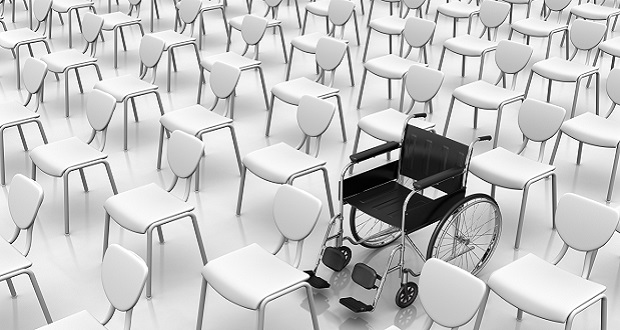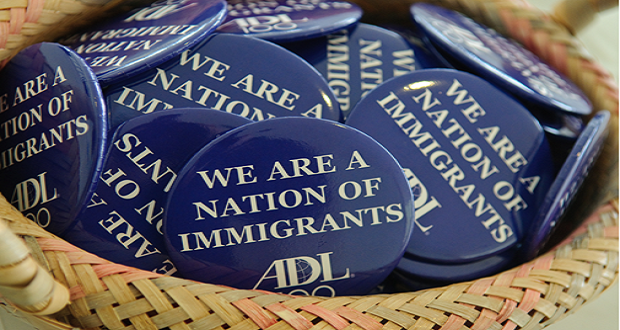
I had lunch on Wednesday with several Washington, DC area diversity practitioners, some of whom I did not know. As we shared our stories I was really impressed with the accomplishments of this group, not just professionally but personally as well. One of my colleagues shared a story that I thought was so heart-warming, I wanted to share it.
My colleague, who would probably be okay with me naming her but I will not, has Multiple Sclerosis and is now confined to a wheel chair. Her doctors recommended that she swim as a way of managing the condition. Initially the thought was not at all appealing to her because her image of the people who would be at the pool were women much older than she. She did not want to swim with a bunch of 80-year-old women. She acknowledged that her age bias was rearing its head.
However, because the doctor so strongly recommended this therapy, she enrolled in a swimming program with the “old ladies.” She shared with us that her experience was not at all what she thought it would be—that she would have nothing in common with these women. While she might have envisioned women who would need help getting into the pool, several were actually there to give her a hand. She thought that they would only be talking about their grandchildren, but some had retired from illustrious professional careers providing my colleague with new insights and wisdom. She has made some lasting friendships.
I wanted to tell this story because even those of us who do this work have our own biases and preconceived ideas about “the other” and our notions are often wrong or at best incomplete. Inclusion can happen where and when you might least expect it. We have to have the courage to step into the unknown, finding our commonalities and learn from our differences.


















